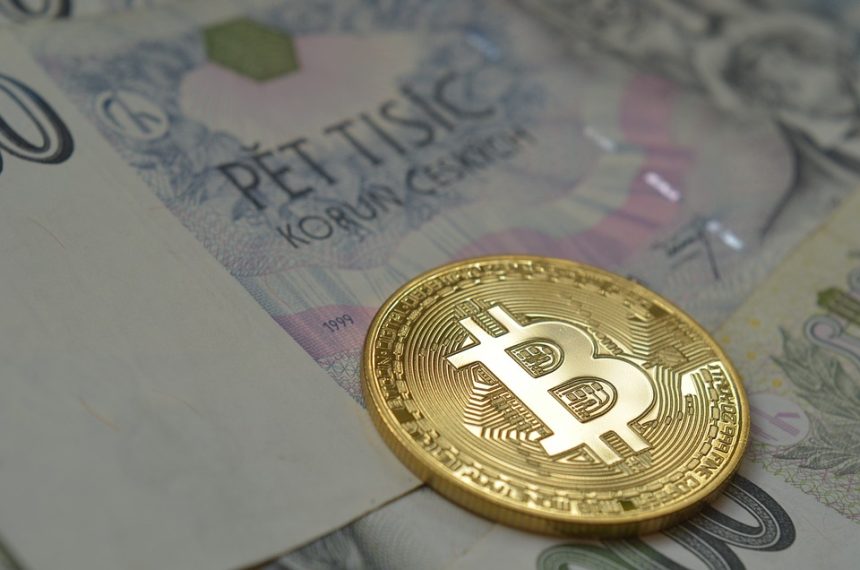As the world of cryptocurrency continues to grow exponentially, the importance of securing your digital assets cannot be overstated. A crucial step in safeguarding your cryptocurrencies is choosing and setting up a wallet correctly. With hackers and cyber threats becoming increasingly sophisticated, ensuring your wallet is secure is paramount. This article will guide you through the steps to maximize the security of your cryptocurrency wallet.
Understanding Cryptocurrency Wallets
Before diving into security measures, it’s essential to understand what a cryptocurrency wallet does. Unlike a traditional wallet that holds physical currency, a cryptocurrency wallet stores the public and private keys needed to send and receive digital currencies. It can be classified into two main types:
-
Hot Wallets: These wallets are connected to the internet and are typically easier to use and more accessible. Popular choices include exchanges, mobile wallets, and online wallets. While they offer convenience, they are more susceptible to hacking.
- Cold Wallets: These wallets are not connected to the internet, making them far less vulnerable to online threats. Cold wallets include hardware wallets (like Trezor or Ledger) and paper wallets, which store your keys offline.
Step 1: Choose the Right Type of Wallet
The first step to maximum security is selecting the right type of wallet:
-
For Large Holdings: If you plan to hold a significant amount of cryptocurrency or long-term investments, opt for a cold wallet. These are less susceptible to online hacks and provide enhanced security.
- For Frequent Transactions: If you need to make regular transactions, a hot wallet might be more practical. Use hot wallets in conjunction with cold wallets; keep most funds in cold storage and only transfer what you need to the hot wallet.
Step 2: Use Strong, Unique Passwords
Regardless of the type of wallet you choose, a robust password is crucial:
-
Complexity Is Key: Create a password that is at least 12 characters long and includes a mix of uppercase letters, lowercase letters, numbers, and special characters.
-
Unique Passwords: Never use the same password across multiple platforms, as a breach in one could lead to vulnerabilities in another.
- Password Managers: Consider utilizing a password manager to securely store and generate unique passwords.
Step 3: Enable Two-Factor Authentication (2FA)
Two-factor authentication adds an extra layer of security:
-
What Is 2FA?: This involves a second verification method to access your wallet, commonly through a mobile app such as Google Authenticator or Authy.
- Implementation: Ensure that your wallet supports 2FA and enable it immediately upon setup. This is especially critical for hot wallets or exchange accounts.
Step 4: Backup Your Wallet
Backing up your wallet helps prevent loss in case of theft, device failure, or accidental deletion:
-
Create a Backup: Most wallets provide an option to make a backup. This usually involves writing down a recovery seed phrase—12 to 24 words that can restore your wallet.
- Store Backups Securely: Keep your backup stored in a secure location separate from your primary device, such as a safe or a safety deposit box. Never store it digitally or online.
Step 5: Keep Software Updated
Regular updates are vital to ensuring your wallet remains secure:
-
Regular Updates: Ensure that your wallet software, operating system, and any associated software (like antivirus programs) are updated frequently to protect against vulnerabilities.
- Research Before Updating: Before updating your wallet, check for reputable sources or community feedback to verify that the update is legitimate and provides security enhancements.
Step 6: Be Wary of Phishing Scams
Phishing scams aim to trick you into divulging private information:
-
Link Caution: Always avoid clicking on suspicious links in emails, messages, or pop-ups. Instead, access your wallet directly through trusted URL entries.
- Verify Before Trusting: Make sure you are communicating with official channels and look out for any signs of tampering or alteration.
Step 7: Keep Your Private Keys Private
Your private keys are the most critical component of your cryptocurrency wallet:
-
Never Share Your Keys: Sharing your private keys or seed phrases is equivalent to giving someone access to your funds.
- Use Secure Storage: For significant holdings, store private keys in a secure, offline method, maybe even etched into metal, to protect against physical and digital threats.
Conclusion
Setting up your cryptocurrency wallet with maximum security is not just a task but an essential practice that protects your investments against potential losses. By choosing the right wallet, implementing strong passwords and two-factor authentication, backing up your wallet, keeping software updated, being vigilant against phishing attempts, and protecting your private keys, you can considerably enhance the security of your digital assets. Remember, in the realm of cryptocurrency, knowledge and vigilance are your best allies. Choose wisely, and safeguard your financial future in this digital age.





